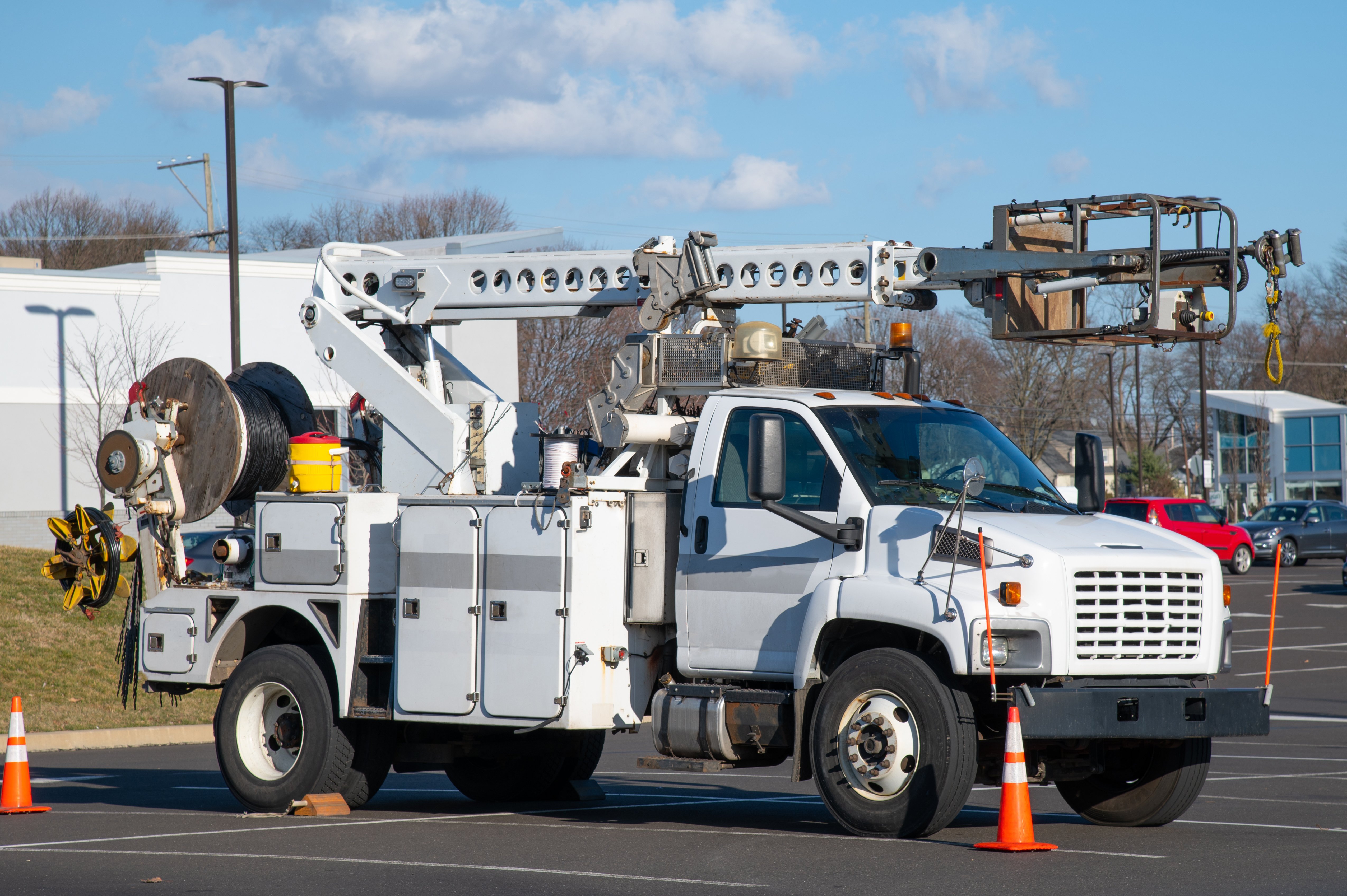
At Smith System, we're dedicated to fostering a culture of safety on our nation's roads, especially considering the immense number of big rigs currently in operation across the United States. According to FleetNet America, there are over 15.5 million big rigs navigating our highways and byways, underscoring the critical need for heightened awareness and proactive driving practices among all road users.
While truck drivers possess advanced skills and licenses necessary for operating larger vehicles, their ability to perceive and respond to smaller vehicles nearby is inherently restricted. With over 15 million tractor-trailers on the road, drivers of light-duty vehicles must remain cognizant of logistical hurdles, including extended braking distances, expansive blind spots, and the considerable turning radius essential for maneuvering a large truck safely.
Give Them Room: Maintain A Safety Cushion
Trucks demand three times the braking distance of an average passenger car, emphasizing the importance for truck drivers to maintain a generous buffer in front of their vehicles for safe deceleration. Encroaching this space poses a significant hazard and compromises the safety of surrounding traffic.
Observing truck drivers maintaining distance from the vehicle in front signifies a prudent safety measure, one that should be respected by fellow motorists. It's crucial for drivers to reciprocate by maintaining a robust safety cushion of at least four seconds, enabling gradual deceleration when necessary and affording trucks adequate time to halt abruptly if the situation demands.
Don't Crowd Them: Give Them Space And Time To Turn
When sharing the road with tractor-trailers, it's crucial to avoid maneuvering alongside them, especially when they're executing a right-hand turn. To successfully navigate the turn, the truck driver must first pull forward and to the left, then swing the truck to the right, allowing the entire length of the trailer to clear the turn. As a result, the truck may temporarily occupy two lanes.
Unfortunately, unaware or impatient drivers traveling in the right lane to pass risk being caught under the trailer during this maneuver. To prevent such collisions, it's essential to remain vigilant and alert to nearby trucks preparing to turn. If you notice a truck driver signaling for a right-hand turn, gradually slow down to provide ample space and time for the truck to safely complete the maneuver.
Always remember the unique challenges of operating these large vehicles and the importance of giving them the space and respect they require. By understanding and respecting the needs of both passenger vehicles and big rigs, we can ensure safer road-sharing experiences for everyone.
Through our Trailer Ready courses at Smith System, we provide comprehensive training on these essential principles and more. Our goal is to empower drivers with the knowledge and skills needed to navigate safely alongside big rigs and other large vehicles, ultimately contributing to a safer and more harmonious driving environment for everyone.










